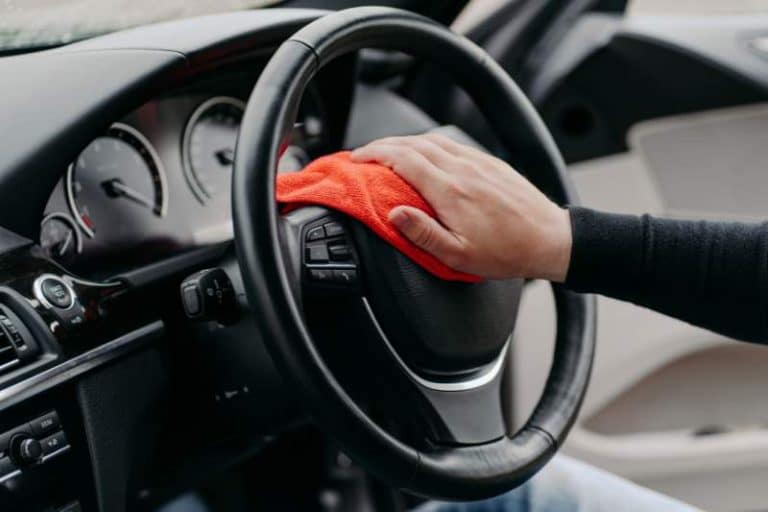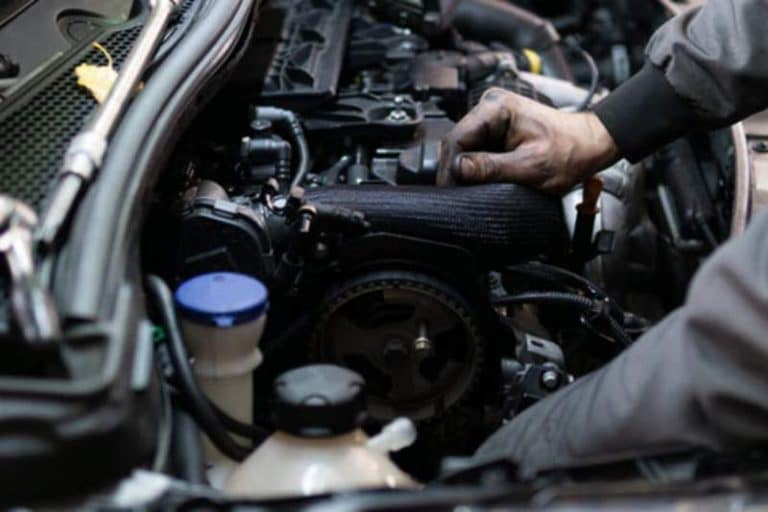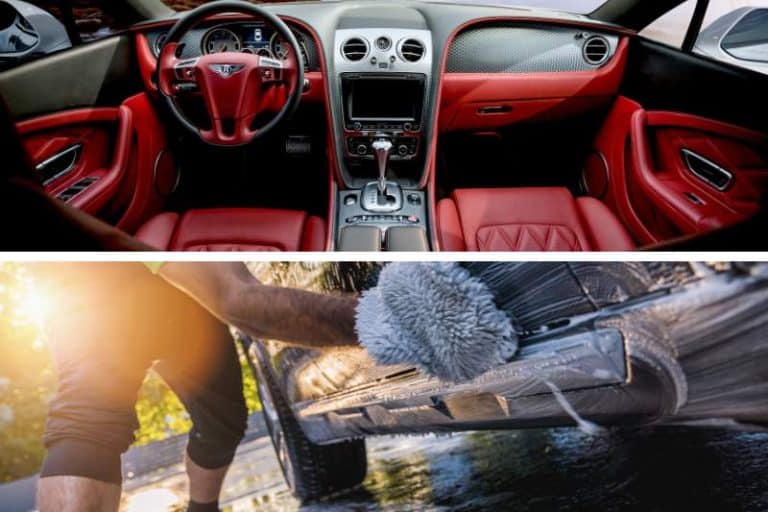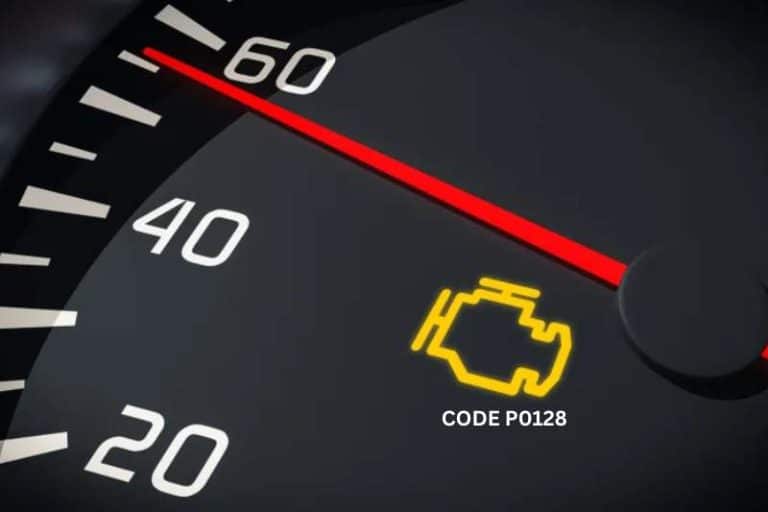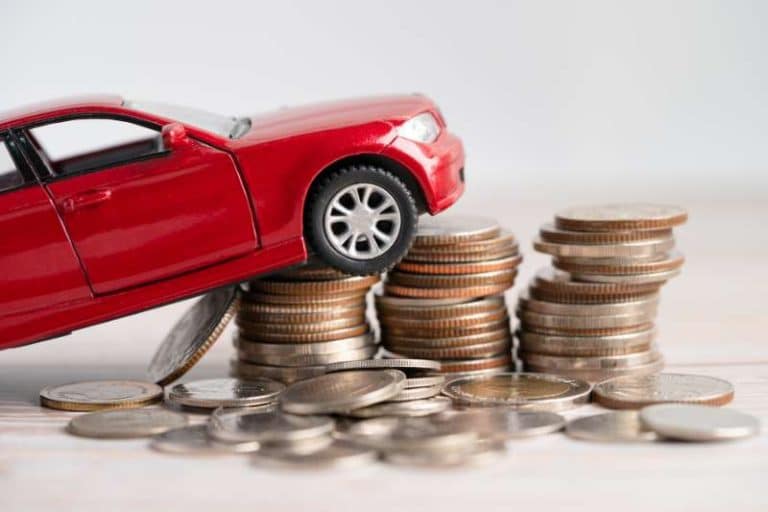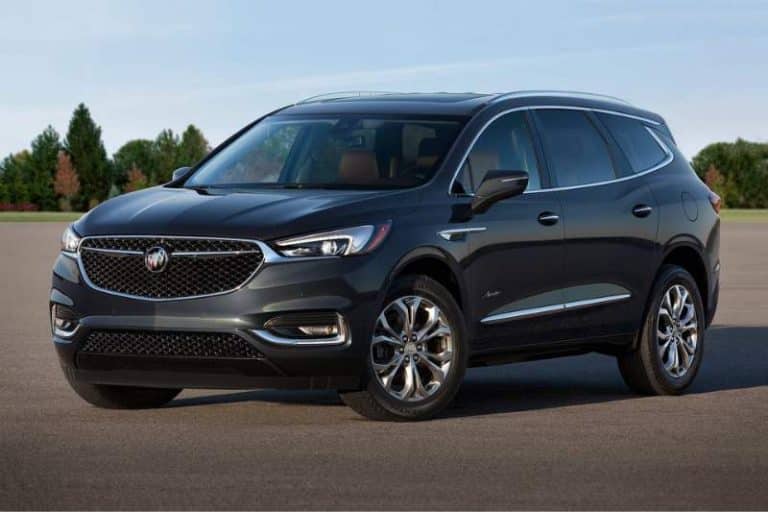Difference Between Tesla cars and Domestic Cars

Modern cars are becoming more and more expensive with safety equipment and autonomous driving. How to buy well? Furthermore, it is car life that various troubles and accidents occur even after owning it. Kenichi Yoshikawa, a car journalist, will tell you how to deal with these obstacles without difficulty and get along with the car more enjoyably and profitably.
The automobile industry is shifting from the Paris Agreement, carbon neutrality, zero emissions, and gasoline vehicle sales ban to electric vehicles (EV), mainly in the EU and China. It’s not just an environmental problem, it’s an EV that the economies of each country are wondering about, but this time, I would like to talk about the optimal charging method for EVs for EV beginners who want to own an EV.
There are various opinions about EVs such as Nissan Leaf, Mitsubishi i-MiEV, Honda e, Tesla, etc., which have begun to increase gradually, but there is no doubt that they are one of the important mobility in the future.
“Charging Equipment at Home” Is The Most Ideal
There are two charging methods, “normal charging” and “quick charging”. Recently, we often see EVs charging, but many of the charging facilities installed in the city, such as car dealers, highway service areas, large supermarket parking lots, and convenience stores, are used. Is for “quick charging”.
Currently, there are about 8,000 quick charging facilities for EVs and PHEVs (plug-in hybrid vehicles) in Japan. Since there are about 30,000 gas stations (data for 2019, of which 10,000 are self-service stations), there are still more gas stations, but the number of quick charging facilities continues to increase as the number of gas stations continues to decrease.
However, by nature, the preferred charging method for EVs is normal charging, not quick charging. This is because repeated fast charging can damage the drive battery and affect battery life.
The most desirable thing is to install the charger in the place where you usually store your car, such as the parking lot of your home or office, and charge it at night when you are not using the car. The running cost will be cheaper if you charge the battery at night when the electricity bill is cheap. In addition, as a “concession” between EV users, it may be better to leave the charging equipment in the city open for emergencies.
However, those who can install a normal charging facility at home will be limited to those who have a detached house. It is almost impossible to install charging equipment in the parking lot of condominiums (unless the condominium owner understands EV), and it is not good manners to occupy the charger in the common space for a long time. .. In that case, you will have to use a public quick charger to cover the charge.
It’s Not Bad to Live in an Apartment
When I was riding an EV, I lived in a condominium, so from the beginning I was spending time using only quick charging. On the way home from wherever you go, you stop by a nearby convenience store or dealer, kill 30 minutes, charge quickly, and then go home.
I was always thinking about whether I could return to my home with the remaining cruising range so that I wouldn’t have to recharge as much as possible when I was out. At this time, the point is to decide the second candidate assuming that the target quick charger is buried. Even if the first candidate is in use, it will switch immediately and move to the second candidate.
If my home was a detached house and I could install a charging facility, I would definitely have introduced a regular charger (about 100,000 including wages). At night, if you connect the car to your regular charger at home, you can start with a full charge every morning (like the Nissan CM starring Kim Taku), and unless you drive a great distance, you can start the day. There is no need to charge it on the way.
Depending on the car, you can also use convenient functions such as making a timer reservation and keeping the car on standby in the parking lot with the heating on.
Tesla’s Privilege, Supercharger Halves Charging Time
In Tesla (Model S, Model X, Model 3), in addition to the home charger called “Wall Connector”, there are more than 20 quick chargers for Tesla cars called “Supercharger” installed in Japan. Can be used.
With the latest supercharged version 3 (V3) ultra-rapid charger, the conventional charging time can be reduced to about half. In addition, it is compatible with the quick chargers “CHAdeMO” and “ordinary chargers” in various parts of Japan.
Summary
Recently, we are seeing more and more PHEVs. As an EV rider, when I jumped into the service area with a cruising range at the last minute and saw PHEVs waiting in line for charging, I often wanted to give it to a pure EV. was. By the way, after owning an EV for a year, I changed the car to clean diesel. I wanted to enjoy the goodness of modern diesel cars before the pure gasoline cars run out. I am satisfied with the cruising range, which has increased significantly, but I still can’t forget the smooth maneuvering feeling of the EV. Although the facilities are not yet fully equipped, I would like you to experience EV once.
For More Articles: Lifestylebuz.com

